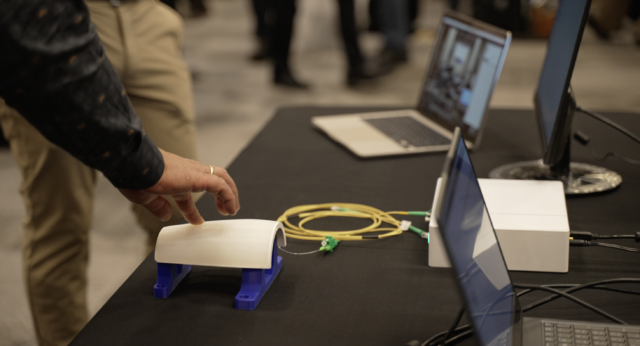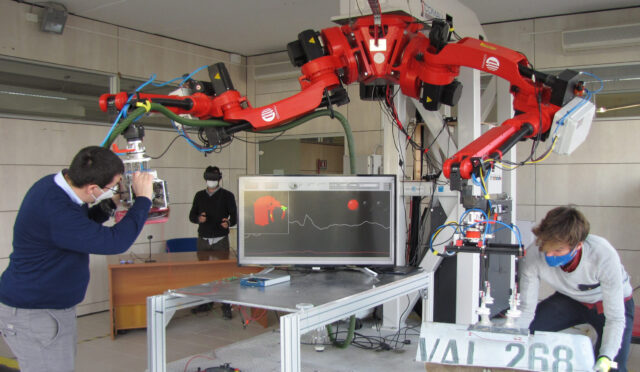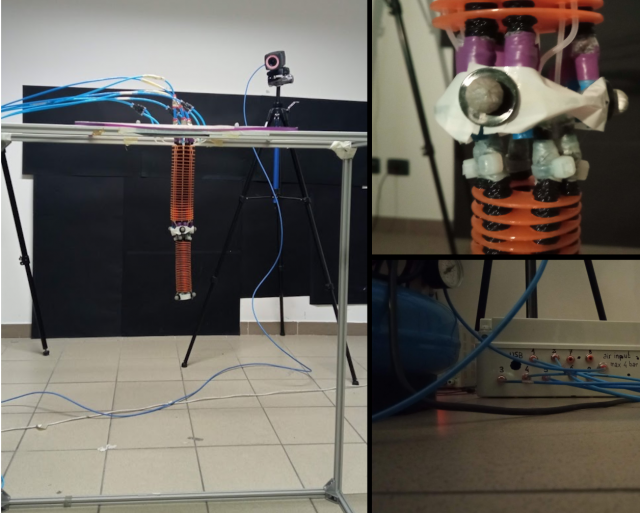HomeRobotic Database - Robotic platform | TERRINet
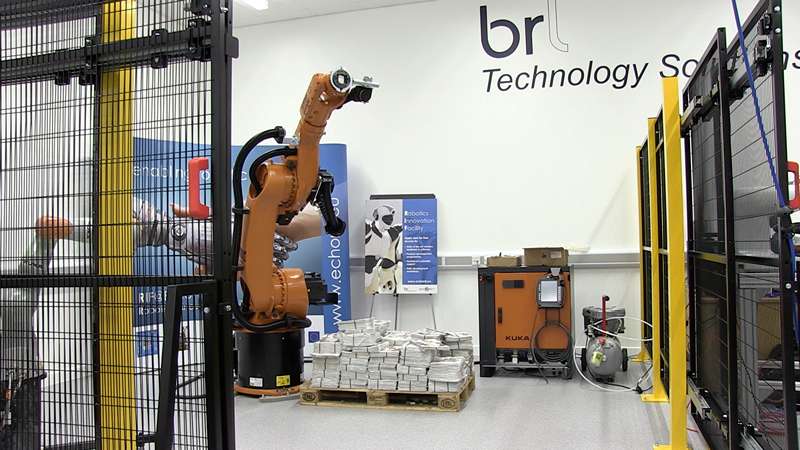
KUKA KR60-3
Six-axis industrial grade robot arm. Flexible and versatile, with high repeatability, medium load capacity and high speed, high duty cycles.EtherCAT communication (Industrial Ethernet), Profisafe, Backhoff 32/32 digital I/Os at 24 VDC and 4-channel outputs at 24 VDC, 2 A.
Key features:
- Programmable via KRL (Kuka Robot Language) on HMI pendant or WorkVisual
- Position repeatability: ±0.06 mm
- Maximum total load: 65 kg
- Maximum reach: 2429 mm
Possible applications:
- Packaging
- Machining and manufacturing processes
- Measuring, testing and inspection
- Handling of materials, tools and other machines
Technical specifications
| Load: | 30 Kg |
| Weight: | N/A |
| Power supply: | N/A |
| Interface: | EtherCAT |
| DoA: | 6 |
| Maximum total payload: | 65 Kg |
Access information
| Corresponding infrastructure | University of the West of England Robotics Innovation Facility |
| Location | Coldharbour Ln, Stoke Gifford, Bristol BS16 1QY, UK |
| Unit of access | Working day |
Access history
RoboLayMan - Research of Layer Manufacturing of Polyurethane Foam Using Industrial Robot
Tadeusz Mikolajczyk
Layer manufacturing (LM) is the unique and the fastest technology of creation the models of any object that can be later released to consumer market. LM is carried out using special prototyping machines that are capable of creating rapid prototyping models very fast from several hours to several days, depending on the complexity of the object produced. Because of industrial robots are special kind of NC machines they are used equipped in tool for machining and too are used to some LM processes. An idea of proposed project is use of industrial robot for LM with original proposed by author method. For especially produce of large size model was proposed LM process using polyurethane foam. Robots are sometimes used in layer manufacturing processes, especially using the FDM method, ceramic materials or welding methods. Author used of this method with own original injection system using of IRb60 robot.
Because of proposed method of LM can build model with low gravity material, this technique is especially convenient for the large-size models formation. This is a new idea of layer large scale models. To implementation this method need using of robot equipped with PC controlled polyurethane foam applicator. On the basis of preliminary tests identified the possibility of using this original technique to rapid prototyping. The application of the proposed method in the RoboLayMan project requires the development and construction of a special controlled applicator combined with an industrial robot control system. The results of the tests allow for the preliminary development of the conditions for the application of the new technique of incremental shaping, convenient for shaping large-size models. For first stage of application will be used one-composed foam. This could have wide application in many areas. It is appropriate to apply this technique, especially with chemically hardened polyurethane.




